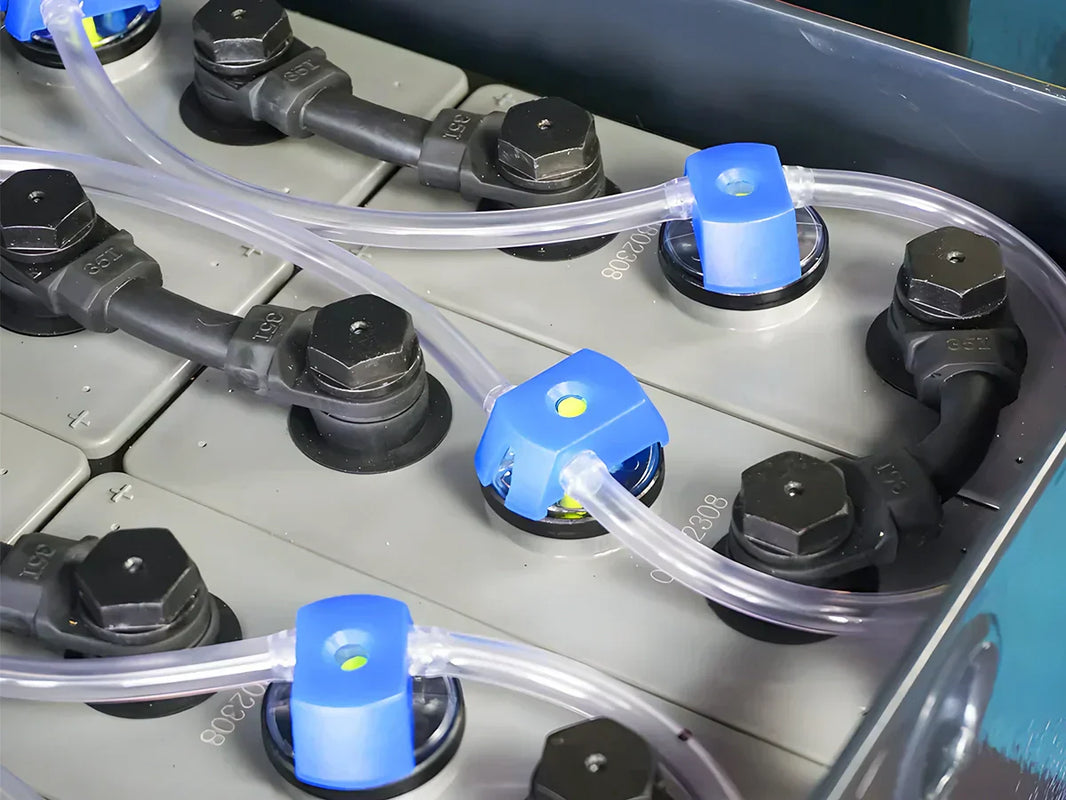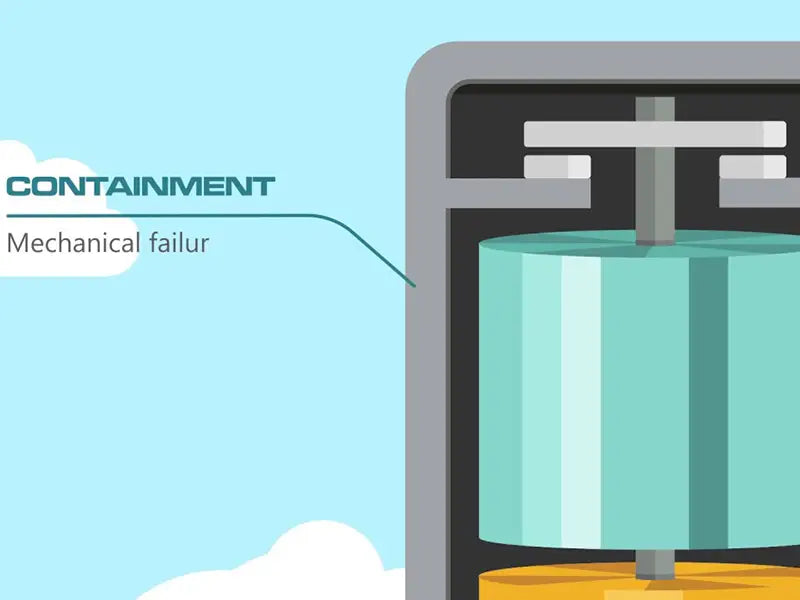
Main content:
For the newly designed magnetic bearing, it will be very necessary to analyze the motion stability, especially for the stability of the electric magnetic bearing. Since the electric magnetic bearing does not participate in the support of static loads, it is mainly used to ensure the stability of the rotation of the rotor near the predetermined center when the rotor is radially offset due to external or its own reasons. When the center of the rotor deviates from a predetermined position, in addition to the restoring force opposite to the offset direction, the rotor is also acted by a tangential force perpendicular to the offset direction. This tangential force will cause the rotor to generate Revolution. Therefore, when analyzing the motion of the rotor, the center of the rotor can no longer only stay on the Y axis, but a more general situation should be considered. The offset direction of the rotor is now set to any direction, but the radial offset is still . The purpose of the following analysis is to find out under what conditions the rotor can ensure stable rotation around the predetermined center at all times.
1. Operational stability of flywheel energy storage system
When the center of mass of the rotor coincides with its geometric center, the stable force configuration diagram of the rotor is shown in the lower left figure. To restore stability when the system is unstable, one is to reduce the resistance R of the conductor loop; the other is to increase the inductance L of the conductor loop; the last is to increase the angular velocity w of the rotor rotation. Therefore, with the increase of the rotation speed of the rotor and the decrease of the damping coefficient, the system stability will be better and better.
The above analysis is when the center of mass of the rotor coincides with its geometric center. In the lower right image, due to manufacturing reasons, the rotor center and the geometric center cannot be exactly coincident.
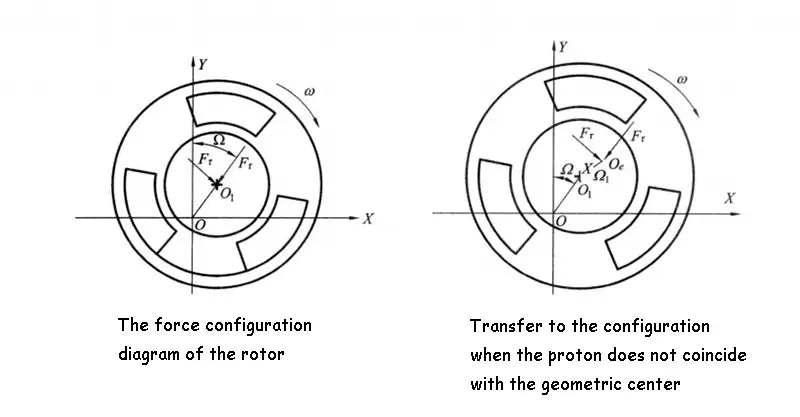
The coincidence of the geometric center and the center of mass does not affect the stability of the system, so there is no special requirement for the dynamic balance of the rotor.
2. Design of Damping System Stability
In order for the electric magnetic bearing to operate with stability, proper damping must be provided to the system. The structure diagram of the damping system is shown in the figure below. Its coils are mounted on the stator and the permanent magnets are mounted on the rotor.
In the figure below, when the rotor is radially offset, the coil on the stator will cut the magnetic field lines of the magnetic field generated by the water magnet, so that an induced electromotive force will be generated on the coil.
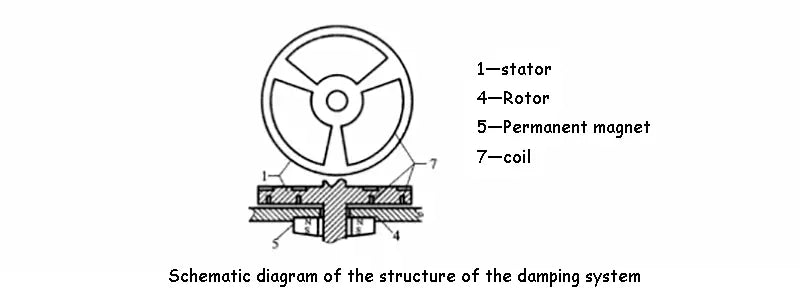
3. Stability Junction
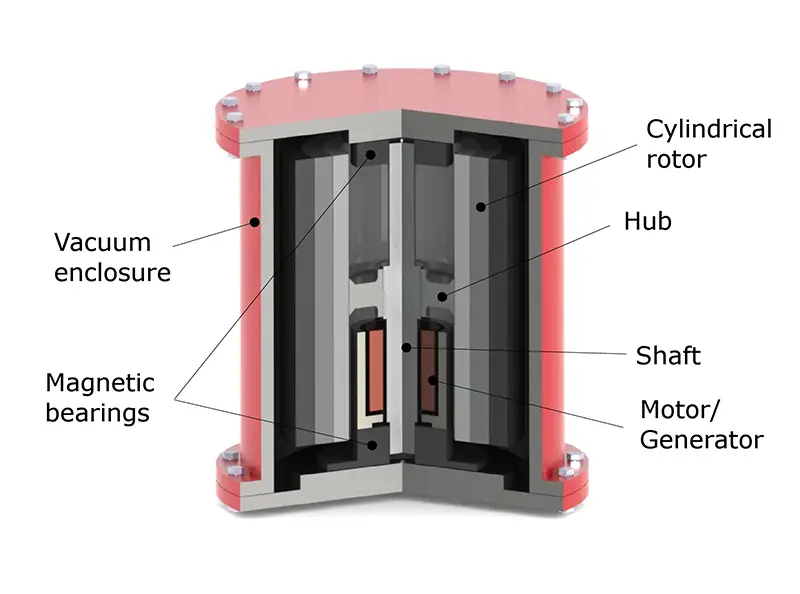
The feasibility and stability characteristics of electric magnetic bearings can be analyzed from the following aspects. First, it is proved that this kind of bearing stability is feasible through rigorous mathematical derivation in theory using electromagnetic principles, that is, as long as the stable operation conditions are met, the system has operational stability; secondly, the materials required for the stability of electric magnetic bearings are very Easy to obtain, such as two pairs of axially magnetized annular permanent magnets, ordinary linear wires and non-magnetic material disks (such as composite material disks), the structure of the stability of the electric magnetic bearing is simple, and the rotor of the electric magnetic bearing In fact, it revolves around its center of mass, so the requirements for dynamic balance are greatly reduced, which reduces the manufacturing requirements and is easy to install; in addition, the electromagnetic force realizes the operation stability of the non-contact suspension of the rotating object, and the operation is more efficient. Stability, it can be seen that the electric magnetic bearing is feasible in terms of its mechanism stability, magnetic analysis stability and motion stability analysis, as well as its structural stability, material stability, manufacturing stability, etc. of.
Read more: Inverter unit for wind turbines



